Some of the best allies for your vegetable garden don’t grow underground or on a vine—they bloom. Companion flowers not only add beauty and biodiversity, but also play a vital role in protecting vegetables from pests and disease.
By attracting beneficial insects, repelling unwanted ones, and improving soil health, certain flowers create a natural line of defense around your crops. With thoughtful planting, you can reduce the need for chemical interventions while fostering a healthier, more balanced garden ecosystem.
In this article, discover 10 companion flowers that naturally protect vegetables—and learn how to plant them for both beauty and resilience.
Marigold
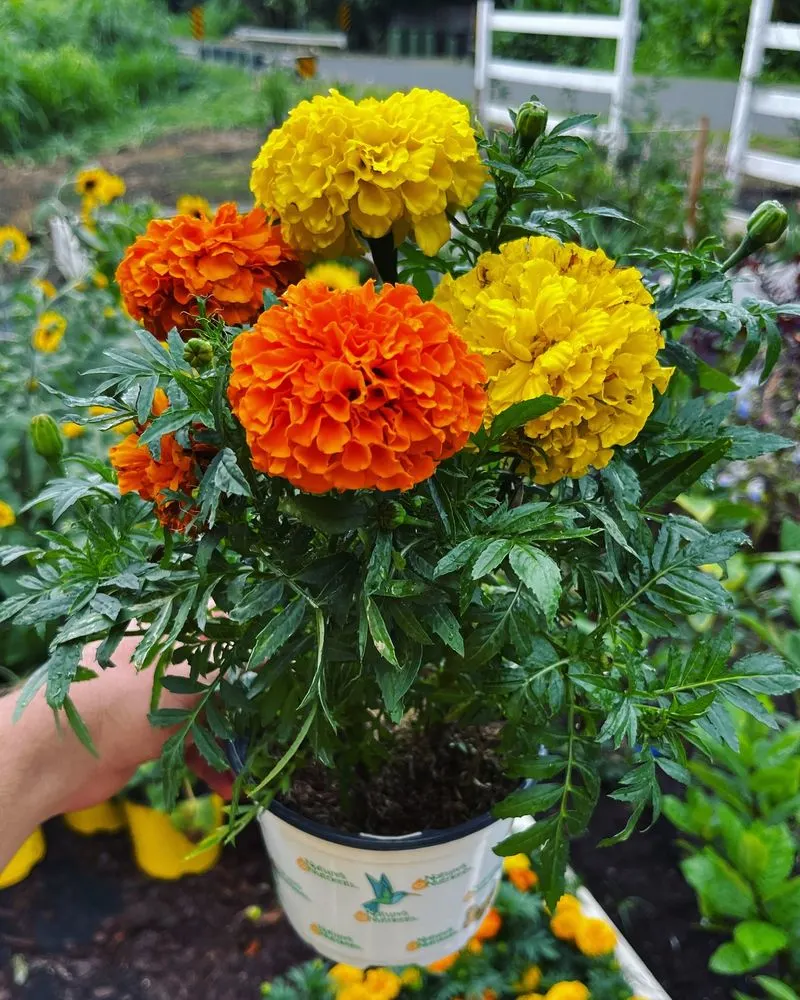
Marigolds, with their bright and cheerful blooms, are more than just a pretty face in the garden. These flowers release a scent that is known to deter nematodes, tiny pests that can harm the roots of your plants. Planted alongside tomatoes and peppers, marigolds offer a protective shield that keeps these vegetables thriving.
Additionally, they attract beneficial insects like ladybugs, which help control aphid populations. A garden adorned with marigolds is not only visually appealing but also a strategic move for healthier vegetable growth.
Nasturtium
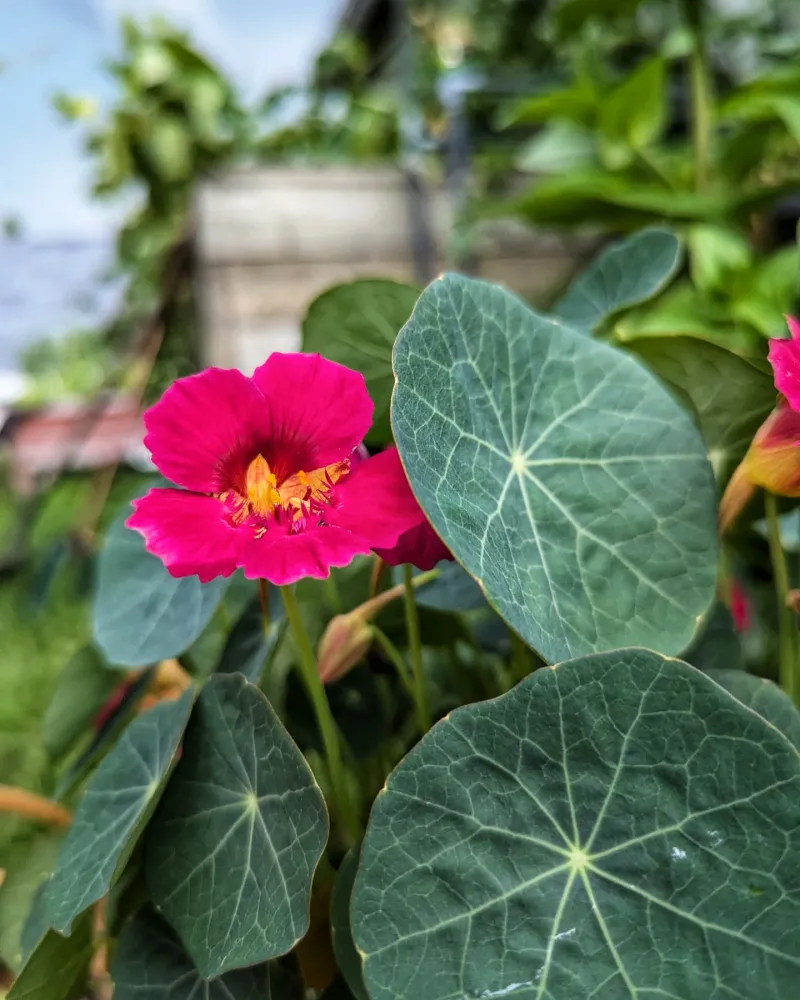
The vibrant nasturtium, with its cascading flowers, serves as a delightful trap crop in the garden. Aphids, drawn to its bright blooms, are lured away from precious vegetables like beans and squash.
By planting nasturtiums, gardeners can effectively divert these pests, allowing other plants to flourish without interference. Besides their practical benefits, nasturtiums add a splash of color and can even be used in salads for a peppery taste.
Borage
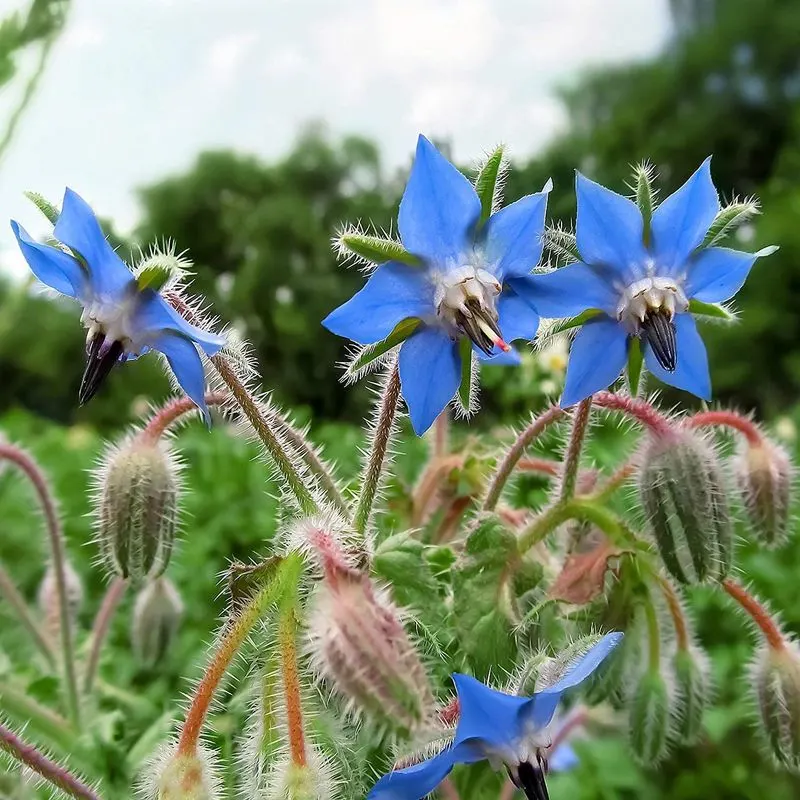
Borage, often admired for its star-shaped blue flowers, plays a protective role in the garden ecosystem. Known to attract pollinators, borage enhances fruit set in nearby plants like strawberries and tomatoes.
Moreover, it acts as a deterrent for tomato hornworms and cabbage worms, keeping your crops safe from these voracious eaters. Its leaves, rich in calcium and potassium, can be used as mulch, enriching the soil for future growth.
Calendula
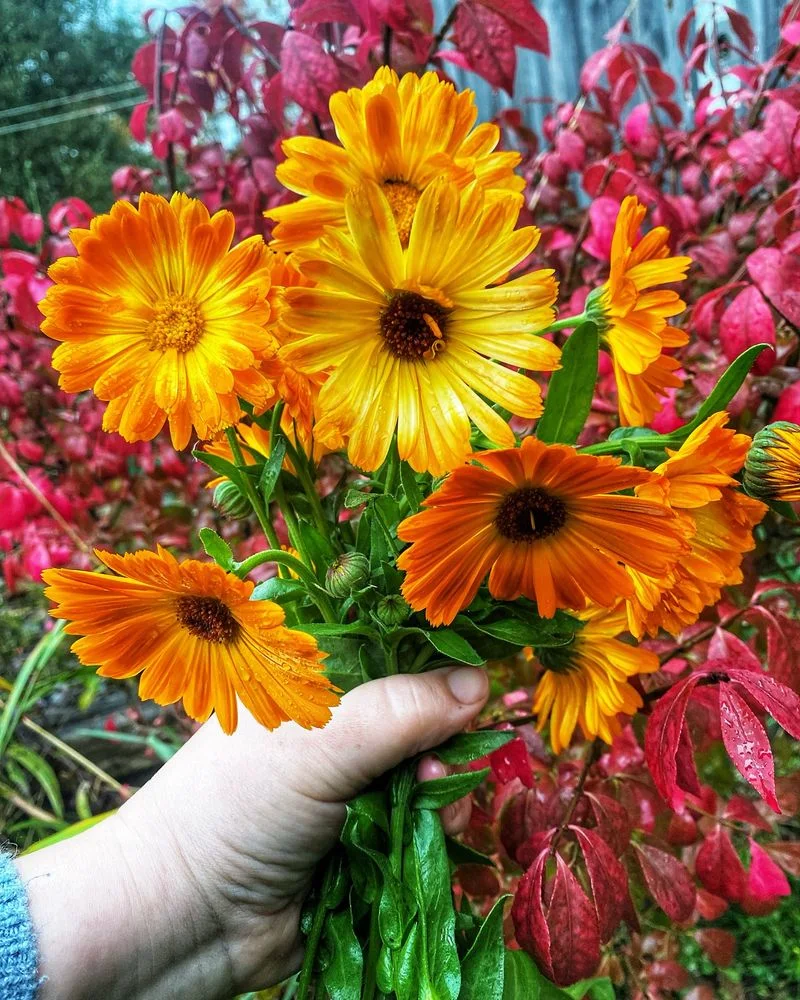
Calendula, with its sunny yellow and orange blooms, is a beacon for beneficial insects such as ladybugs and hoverflies. These insects are natural predators to aphids and whiteflies, common pests in vegetable gardens.
Calendula also has a knack for improving soil health, releasing nutrients that encourage robust vegetable growth. Its edible petals can be used in salads, adding a touch of color and nutrition.
Sweet Alyssum
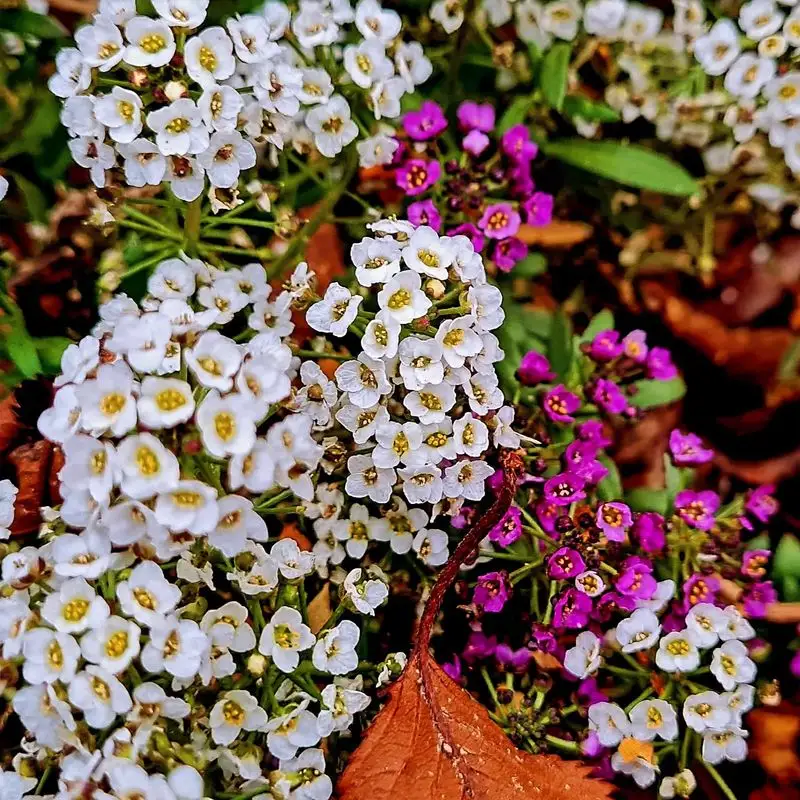
Sweet alyssum might be small in stature, but its impact in the garden is significant. These tiny white flowers serve as excellent ground cover, protecting soil moisture and preventing weed growth.
Moreover, sweet alyssum attracts hoverflies, whose larvae feast on aphids, providing natural pest control. Its sweet scent is an added bonus, making the garden not only productive but also fragrant.
Lavender
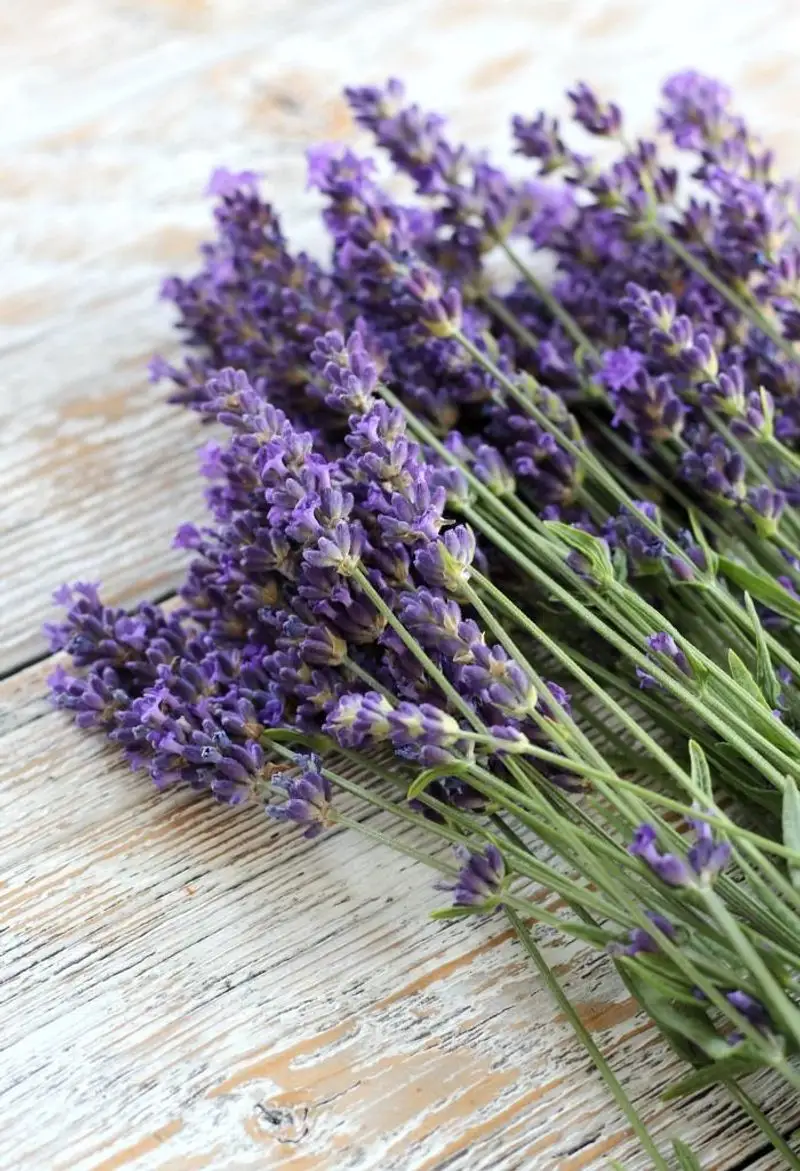
The soothing scent of lavender is not only a delight for gardeners but also a deterrent for pests like moths, fleas, and flies. When planted near vegetables such as cabbage and lettuce, lavender helps maintain a pest-free environment.
Additionally, its presence attracts pollinators, ensuring your crops receive ample attention. As a bonus, lavender can be harvested for uses beyond the garden, such as in sachets or culinary dishes.
Zinnia
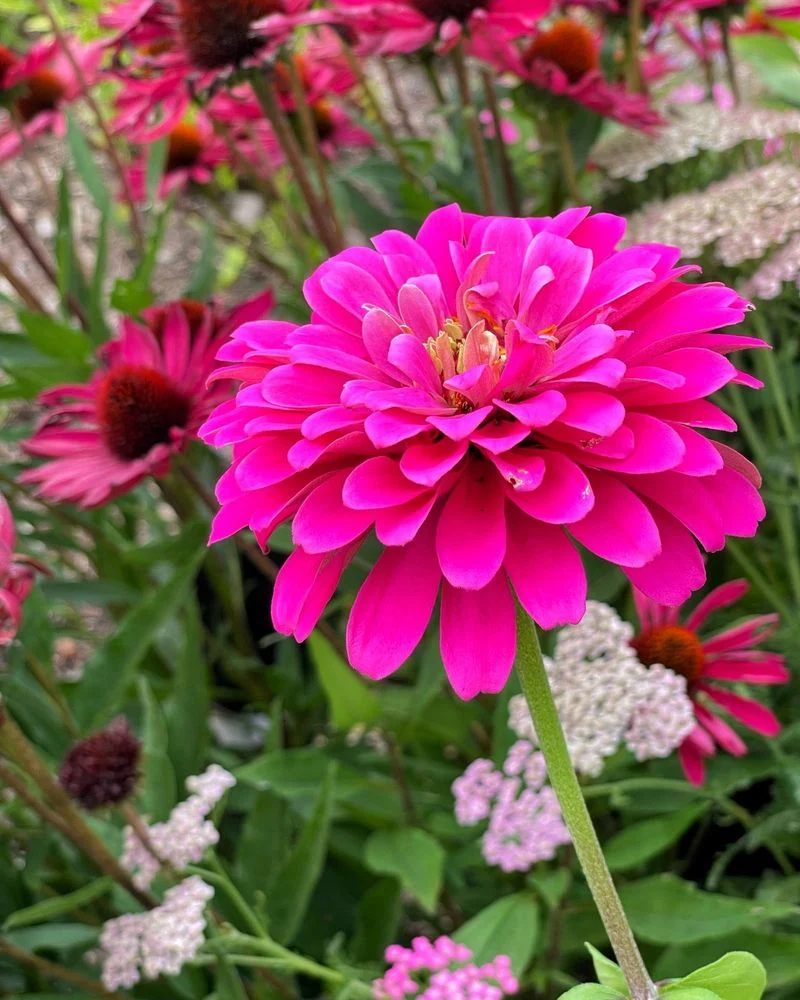
The zinnia, with its array of colors, is a magnet for pollinators, bringing bees and butterflies into the garden. This influx of beneficial insects helps ensure that vegetable plants are well-pollinated, promoting better yields.
Moreover, zinnias are resilient and can thrive in tough conditions, making them an ideal addition to gardens seeking both beauty and functionality. Their presence is a win-win for aesthetics and plant health.
Chamomile

Chamomile is more than just a calming tea ingredient; it’s a gardener’s ally. Known for improving plant health, chamomile releases nutrients that benefit vegetables planted nearby, such as onions and cabbages.
Furthermore, its presence can deter fungal infections, thanks to its antifungal properties. The gentle aroma of chamomile adds a serene touch to any garden space, enhancing both the gardener’s and plants’ experiences.
Sunflower
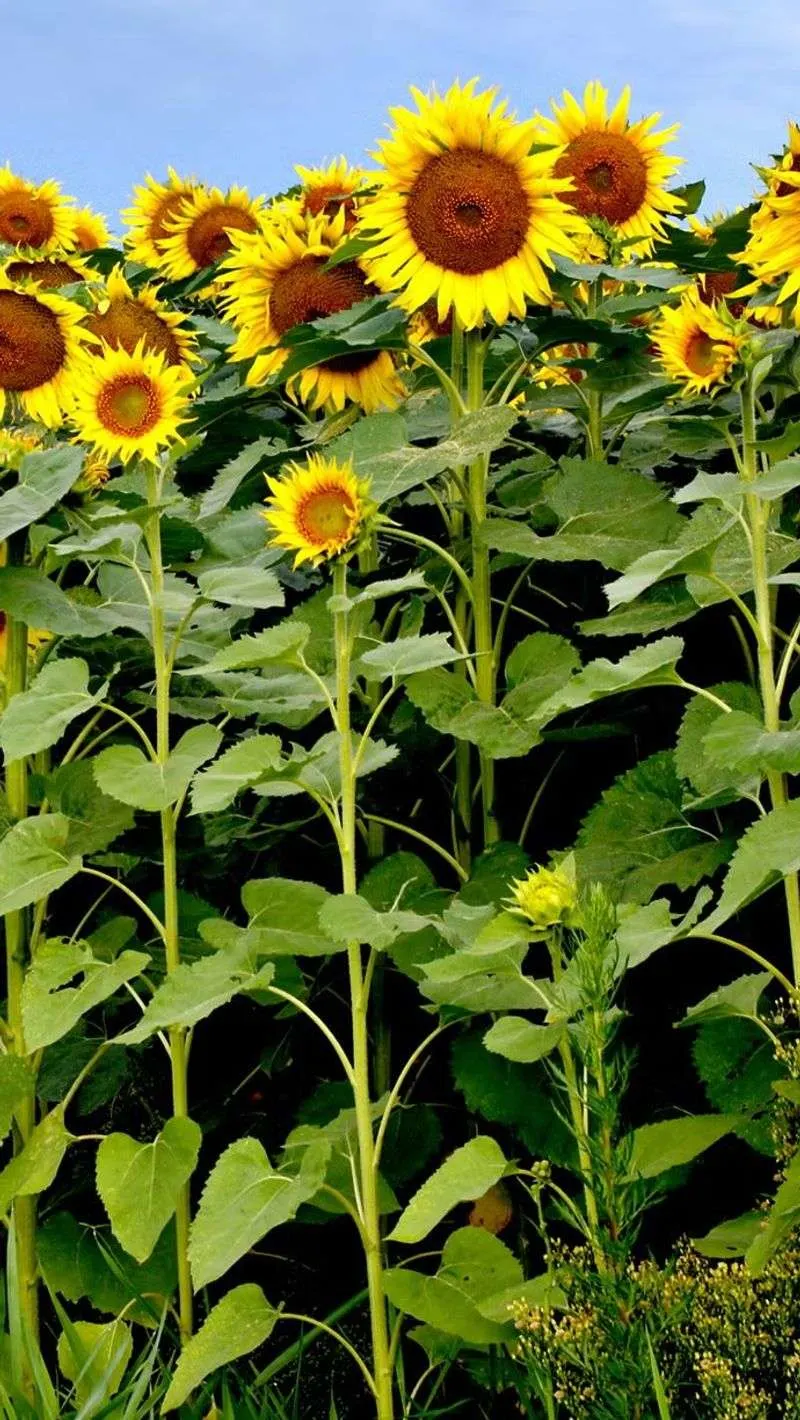
Sunflowers, with their towering presence, offer more than just visual interest. They attract birds that feed on pesky insects, keeping vegetable gardens free from unwanted guests.
Their large leaves also provide shade and support for climbing plants like beans. Sunflowers can serve as natural trellises, making them a functional addition to any garden setup.
Yarrow
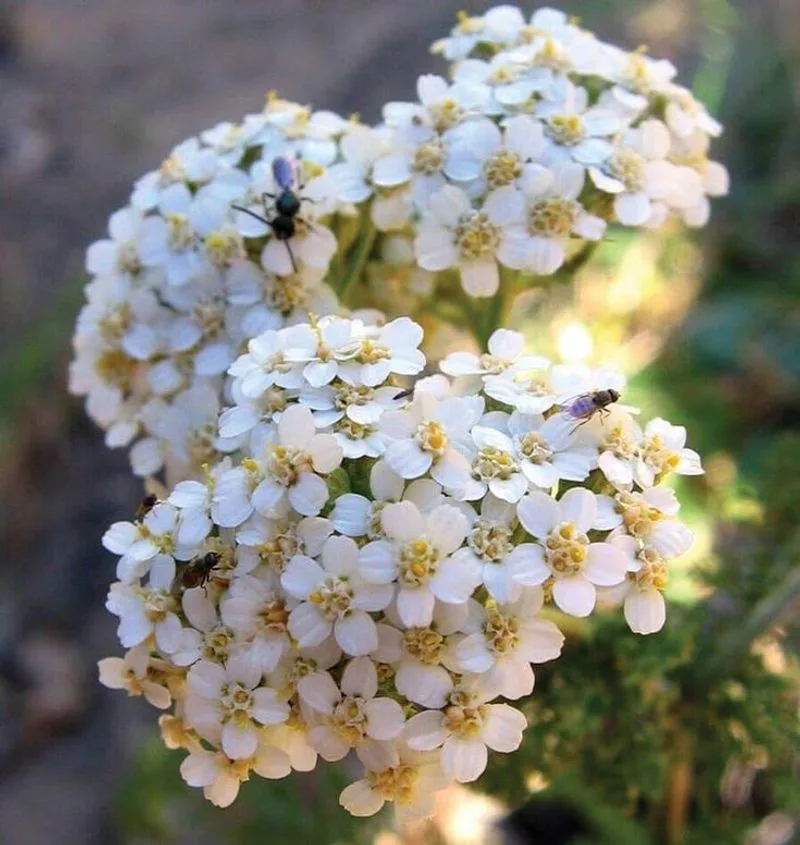
Yarrow, a hardy perennial, is celebrated for its ability to attract predatory insects like ladybugs and lacewings, which control pest populations in the garden. This robust plant thrives in various conditions, making it adaptable to different garden settings.
Yarrow’s presence can enhance the health of neighboring plants, and its flowers can be used in herbal remedies, adding another layer of utility to its garden role.

